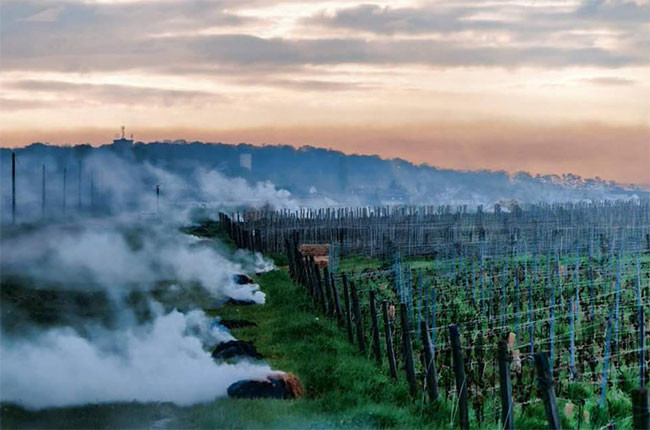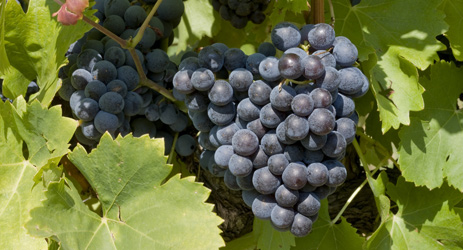These wines are just as serious any other Champagne, says Michael Edwards, and the thirst for pink fizz – especially by younger drinkers – has led to huge investment in the category.

How rosé Champagne is made
There are two ways of making rosé Champagne. In the traditional method, generally 10% to 20% of Pinot Noir and or Pinot Meunier as red wine from sunny villages like Bouzy is added to the fermenting juice. The aim is to protect Champagne’s freshness and tension with red wine that is aromatic and fruit driven.
The other method involves macerating the black skins in the wine until the desired colour is achieved. It’s also known as ‘saignée’ (bled), but a true saignée is quite rare: often a touch of blended Chardonnay is added to fix the colour and subdue the tannins. Of the big houses Laurent-Perrier has made a huge commercial success of its saignée Brut Rosé NV which sells at a premium price, higher than that of some superior vintages.
Pale yet vibrant
Export sales of rosé have tripled to 9.4% since 2000. Younger drinkers are attracted by a silkier, digestible style of fizz, which rosé Champagne with purer Pinot Noir fruit fits like a glove. While deep coloured rosés are still in demand (eg: Piper-Heidsieck), the trend is to paler hues yet vibrant flavours for modern cuisine, especially Asian, where Pinot feels at home.
Click to see the full article on Decanter Premium>>

Translated by Sylvia Wu / 吴嘉溦
All rights reserved by Future plc. No part of this publication may be reproduced, distributed or transmitted in any form or by any means without the prior written permission of Decanter.
Only Official Media Partners (see About us) of DecanterChina.com may republish part of the content from the site without prior permission under strict Terms & Conditions. Contact china@decanter.com to learn about how to become an Official Media Partner of DecanterChina.com.







Comments
Submit